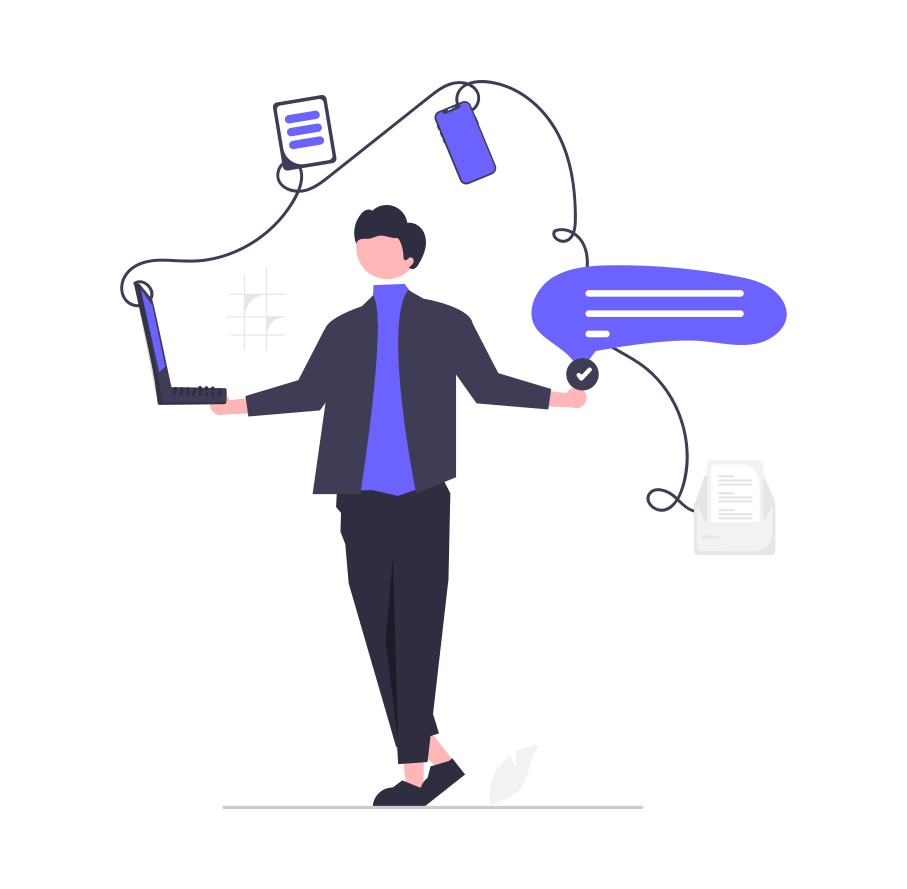In the fast-paced realm of B2B marketing, staying ahead of the curve requires innovative approaches to segmentation. While firmographic data provides valuable insights, technographic segmentation introduces a layer of precision that can significantly enhance marketing strategies. This blog explores the concept of technographic segmentation, its benefits, and how it can revolutionize B2B marketing.
Technographic Segmentation: An Overview
Technographic segmentation refers to the practice of categorizing companies based on their technology usage, adoption, and stack. This includes software, hardware, and IT infrastructure that businesses employ. By understanding what technologies a company uses, marketers can tailor their strategies to align with the technological landscape of their target audience.
The Benefits of Technographic Segmentation
A. Targeting the Right Audience
Technographic data allows marketers to identify businesses that are more likely to benefit from their products or services. For example, a SaaS company offering cloud-based solutions can target businesses already using similar technologies, increasing the chances of a successful pitch.
B. Personalized Messaging
With technographic insights, marketers can create highly personalized messaging that resonates with the specific needs and challenges of their audience. This level of personalization enhances engagement and drives higher conversion rates.
C. Competitive Differentiation
Understanding the technology stack of competitors' customers provides a strategic advantage. Marketers can position their offerings to highlight superior features or integration capabilities, making their products more attractive to potential clients.
Implementing Technographic Segmentation
1. Data Collection and Analysis
The first step in technographic segmentation is data collection. Businesses need to gather comprehensive information about the technology usage of their target companies. This data can be sourced from surveys, public records, and third-party providers.
Once collected, the data must be analyzed to identify patterns and trends. Advanced analytics tools and AI can assist in processing the data efficiently, revealing insights that inform segmentation strategies.
2. Developing Segmentation Strategies
Based on the analysis, businesses can develop their segmentation strategies. This involves creating profiles for different segments based on technology usage. Segments should be actionable and aligned with marketing and sales objectives.
3. Creating Targeted Campaigns
With segmentation strategies in place, businesses can create targeted marketing campaigns. This includes crafting personalized content, deploying targeted ads, and developing tailored sales pitches. The goal is to align marketing efforts with the technological preferences of the target audience.
Challenges and Solutions
Data Quality
One of the primary challenges of technographic segmentation is ensuring data quality. Inaccurate or outdated data can lead to ineffective targeting. To mitigate this, businesses should invest in reliable data sources and continuously update their data.
Integration with Existing Strategies
Integrating technographic segmentation with existing marketing strategies can be complex. It requires a coordinated effort across different departments, including marketing, sales, and IT. Clear communication and collaboration are essential for successful integration.
The Future of Technographic Segmentation
As technology continues to evolve, technographic segmentation will become increasingly important in B2B marketing. Emerging technologies such as AI, machine learning, and big data analytics will enhance the ability to gather and analyze technographic data, providing deeper insights and more precise targeting.
In the future, we can expect technographic segmentation to be a standard practice in B2B marketing, driving more effective and efficient marketing strategies. Companies that leverage technographic data will be better positioned to understand their customers, anticipate their needs, and deliver tailored solutions that drive growth.
Conclusion
Technographic segmentation offers a powerful tool for B2B marketers looking to enhance their strategies. By understanding the technology usage and preferences of their target audience, businesses can create personalized, effective marketing campaigns that drive engagement and conversions. While implementing technographic segmentation presents challenges, the benefits far outweigh the difficulties. As the technological landscape continues to evolve, technographic segmentation will play a crucial role in the success of B2B marketing strategies.


